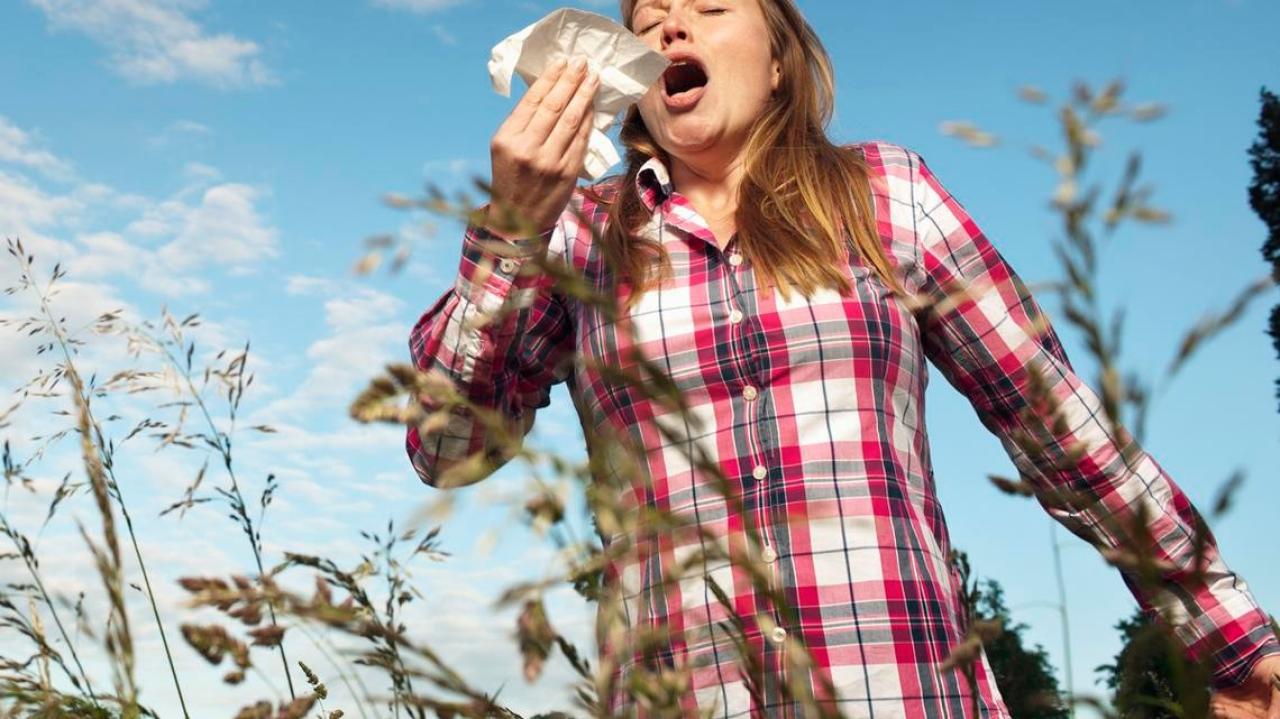
For those who suffer from hay fever and other outdoor-related allergies, the warmer weather and spending time outside can quickly turn into what can only be aptly described as a living hell.
While their allergies may make it almost impossible to go outside without first taking an anti-histamine, this doesn’t automatically mean that people with allergies hate gardening and enjoying the outdoors.
It is possible, however, to create an allergy-free garden, which may come as a very welcome surprise to some of the allergy sufferers out there who very much want to get stuck in and use their gardening supplies create a beautiful garden area.
Being Aware of Hay Fever Season
Even though people who suffer from a pollen allergy will want to do everything they can to avoid having to deal with a hay fever attack, many don’t understand when hay fever season starts, peaks and ends.
While some trees and plants can begin pollinating very early on in the year, the official season begins around March and April and lasts right the way through to August. However, some pollen, such as that of fungal moulds, require moisture from the air, meaning there are still some pollens around during October and early November.
How to Tell if a Plant is Allergy-friendly
Contrary to popular belief, not all flowers are culprits of releasing pollen into the atmosphere. In fact, many flowers which people blame for triggering their hay fever don’t release their pollen into the air.
These plants are usually visited by bees and butterflies, who collect pollen on their legs and pollinate this way. That means that the air surrounding these plants won’t have pollen in it, and therefore are allergy friendly.
You can usually spot insect-pollinated flowers by looking at their flowers; are they open and brightly coloured in order to attract insects?The flower is insect pollinated and perfect for an allergy-friendly garden.
Examples of plants which are ideal for a garden of this nature are as follows:
- Azalea
- Hibiscus
- Hydrangea
- Daffodil
- Geranium
- Iris
Trees Have Pollen, Too!
One mistake that many people make when trying to rid their garden of pollen-producing plants is to leave one of the biggest culprits in place without even realising it.
Many trees rely on the breeze to pollinate, and each species has a specific season where pollen is released, meaning that it can be hard to escape enduring a hay fever attack – even during the colder winter months.
Trees to look out for which release pollen include:
- Birch
- Ash
- Oak
- Willow
- Hazel
- Sycamore
It is possible to create an allergy-friendly garden – it’s just knowing how!

